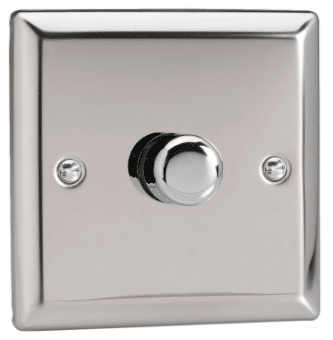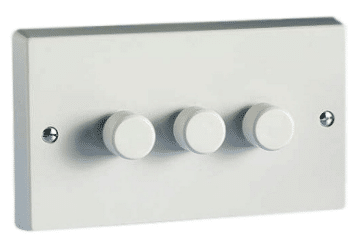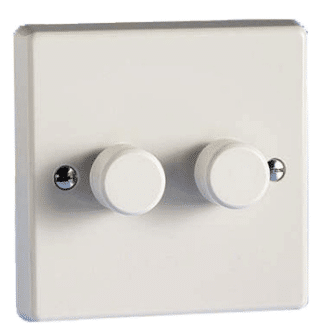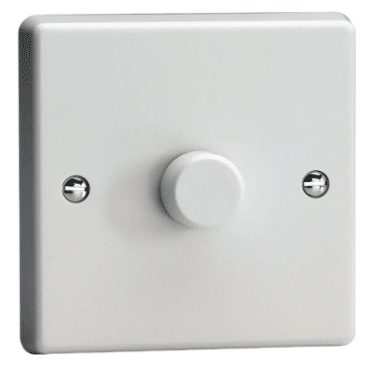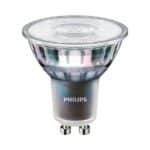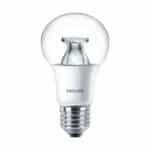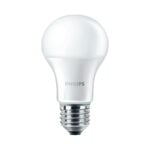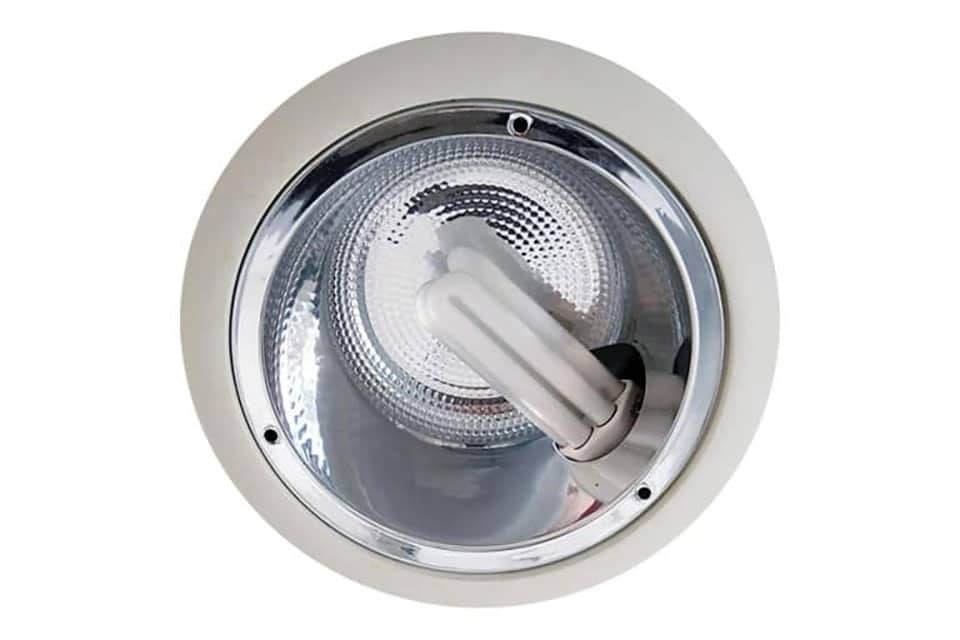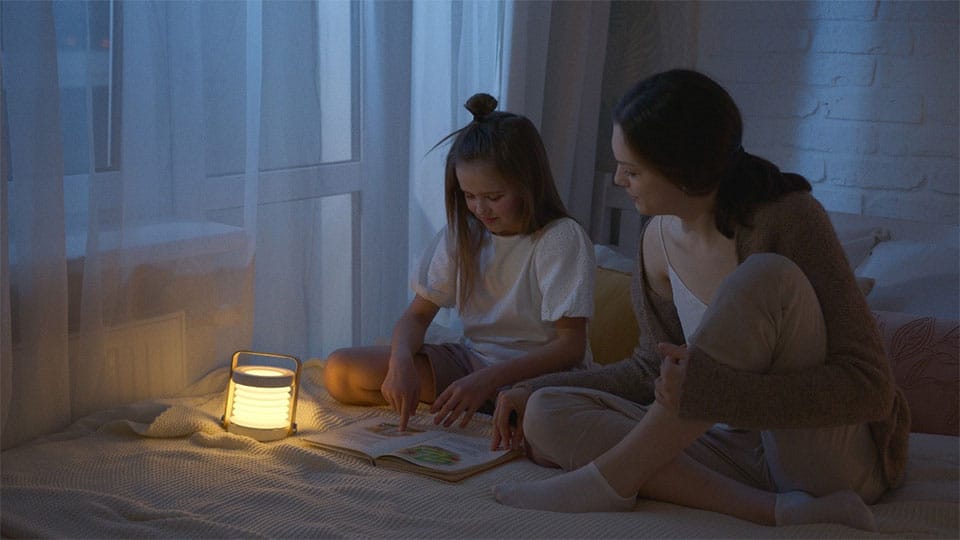As we age, our bodies change and so do our physical needs. You may find new aches and pains, fine lines and wrinkles, or changes to your hearing and vision. The older we get, the more pronounced these changes become—small print might be harder to read and light may produce more glare than it used to—but the good news is that by adjusting our lighting, we can make things more comfortable for older generations and ourselves.
How the eye changes
By the time you enter your 40s, your eyes and eyesight have begun to deteriorate. You may not instantly notice a difference, but one day you might find yourself squinting to read a menu, perhaps needing glasses for the first time, or even just an updated prescription to address the changes your eyes are undergoing. According to various researchers, including Nam-Kyu Park and Cheryl A. Farr (2007), some of the changes your eyes will experience include:
- The lens of the eye beginning to yellow and become rigid, affecting colour accuracy, making it more difficult to focus, and decreasing the light entering the eye.
- Corneas starting to become thicker and more opaque, decreasing and scattering the light entering your eye.
- Pupils starting to shrink, so less light is able to reach the retina
- Ciliary muscles gradually losing strength, making it harder to focus quickly and accurately
How do these changes impact your vision? Over time—usually by the age of 65—you may notice that your eyes:
- Require more light to see clearly
- Struggle to focus on nearby objects
- Take longer to adapt from light to dark and vice versa
- Are more sensitive to glare
- Are less sensitive to colour
- Respond slower and less accurately to visual changes, such as changes in lighting
- Have a decreased range of peripheral vision
Thankfully, we have medical procedures and devices that can help mitigate the effects aging has on eyesight. In addition to those tools, you can also adjust your home lighting to alleviate some of the problems.
How to adjust your lighting
Adjusting your home lighting is an easy way to adapt your environment to meet your needs, or the needs of a parent or older resident in your home.
- Increase the light levels – Over the age of 65, eyes typically need twice as much lighting as those who are 20 and under. You can solve this by increasing ambient lighting and making task lighting readily available in areas where it is needed, such as a favourite reading chair, next to a landline phone, or under your kitchen cabinets. For task lighting, select lights with a lumen level of at least 1300—roughly the brightness level of a 100 watt incandescent bulb. Use dimmer switches to allow for more flexibility with brightness levels.
- Keep lighting even – While you do want to make the light brighter, you do not want to create disparities in the light level from room to room. Since older eyes have difficulty adjusting to variations in light levels, keeping the light level even throughout a home will make it easier for older residents to navigate the space without having to pause to allow their eyes to adjust.
- Make light switches accessible – To help create even lighting and aid slow-adjusting eyes, you should also make sure that light switches are easily accessible at the entrance and exit points of every room. Installing dimmer switches is another great way to make lighting work for any member of the household, any type of activity, and any time of day—especially late night trips to the bathroom.
- Reduce glare – Since older eyes are more susceptible to glare, there are a few steps you can take to cut down on glare indoors:
- Use blinds or curtains to decrease harsh light from outside
- Avoid high gloss paints or finishes on walls, floors, and furniture
- Diffuse light from bulbs with frosted glass and semi-opaque lamp shades
- Select light bulbs with a high Colour Rendering Index (CRI) – CRI indicates how accurately a light bulb renders or displays colours to the human eye. It’s rated on a scale from zero to one hundred, with one hundred being the best possible rating.Since aging eyes yellow, they have a harder time distinguishing between blues, purples, and greens, which can decrease contrast in text and images and make it harder to read. As a result, providing the most accurate colour rendering indoors in areas where it matters, such as desks, reading chairs, office spaces, and hobby or craft tables, will make it easier for older members of your household to distinguish between different hues. Select a light bulb with a CRI of at least 80, such as these LED light bulbs:
Warm White GU10 LED
(Dimmable)
Warm White LED with Screw Cap (Dimmable)
Warm White LED with Screw Cap (Non-dimmable)
- Highlight key areas – If vision is severely declining, you can help by outlining and highlighting key areas, such as doorways, stairs, bathrooms, bedrooms, and hallways, with LED strips or rope lights. This will help decrease the risk of falls and make it easier to see at night.
Conclusion
Aging, like change, is inevitable. Easing the difficulties associated with changes to vision for yourself and your loved ones by knowing how to adjust simple fixes like lighting can help smooth the process. Update your lighting so that it accommodates any issues that pop up:
Problem | Effect | Solution |
|---|---|---|
| The lens of the eye beginning to yellow and become rigid |
|
|
| Corneas starting to become thicker and more opaque |
|
|
| Pupils starting to shrink |
|
|
| Ciliary muscles gradually losing strength |
|
|






















































































